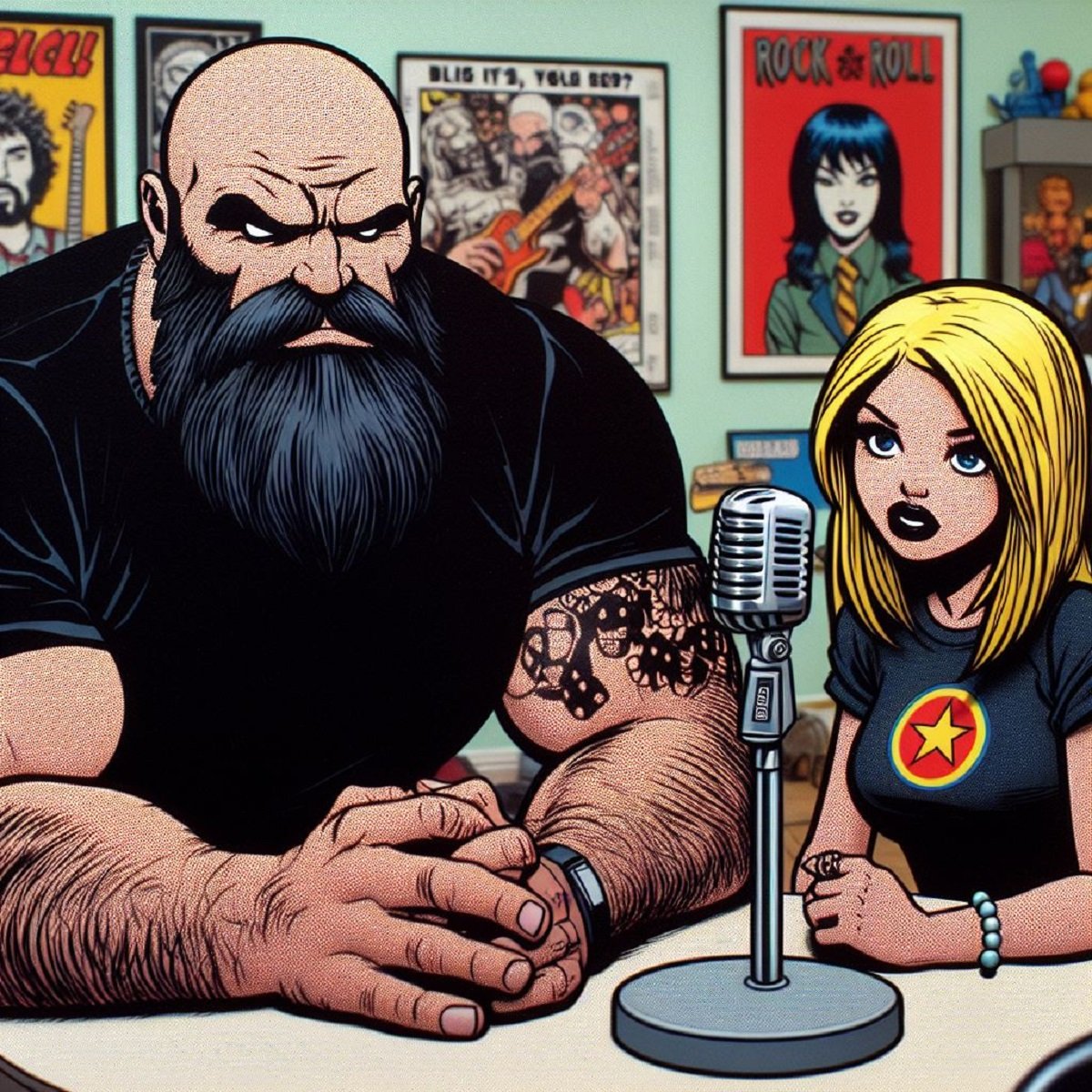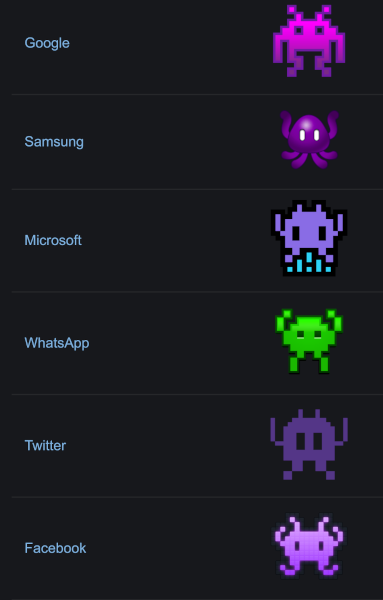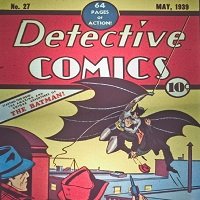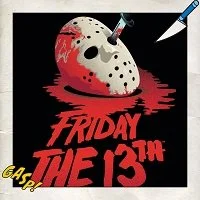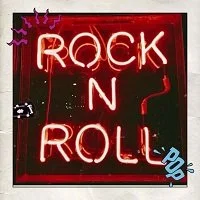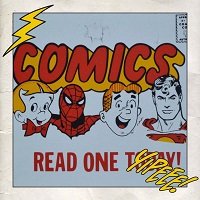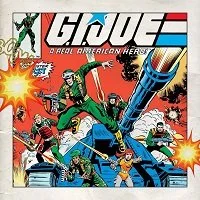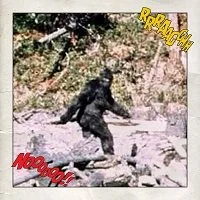Pixel Logic Video Game History: Space Invaders takeover the world
By: Juan Nunez (Twitter)
In any medium, one single work can rarely change an entire industry. Innovation is usually the story of many gradual changes that build one on top of the other. We're closing out the 1970s with a leap forward that is the exception to that rule. It's a leap forward that brought us the first distinctive characters and invented a new genre of video games. It brought Japan to the forefront of videogames for the first time. It's one of the most outstanding examples ever of the importance of gameplay and sound design. It brought video games to new heights of popularity across the world. It may have saved the home video game market—all of that from one single killer-app game, 1978's Space Invaders.
Japan has been a part of the video game industry from the start. They just weren't at the forefront of the industry with brands that we instantly recognize like they are today. The Video games that most people would recognize in the 1970s were American brands. Still, Japan had a big hand in bringing those American brands to the market. For example, the gun that was included with the Magnavox Odyssey was manufactured by Nintendo. After World War 2, Japan rebuilt its economy with the United States' help in the event known as the Japanese Economic Miracle. By the 1980s, they were the second-biggest economy in the world, above the USSR and below only the USA. Manufacturing home electronics was one of the fields in which Japan excelled. Odds are that if you're old enough, you remember when most home appliances were "made in Japan" instead of "made in China." When the Pong clone console craze was going strong in the mid-1970s, the Japanese market introduced several clones with varying success. We'll get more into this when we cover the history of Nintendo in a future article.
Tomohiro Nishikado
Tomohiro Nishikado graduated from Tokyo Denki University in 1968 with a degree in Communications Engineering. He joined Pacifics Industries, a subsidiary of Taito. Taito was a successful manufacturing company in Japan that made all sorts of toys and electronics, including audio equipment and electro-mechanical amusement games. In 1971, Nishikado was transferred to the electro-mechanical division of Taito. There he started working on early videogames. In 1973, Taito released Nishikado's produced arcade game Soccer. It was the first videogame that made for the Japanese. Over the next few years, Nishikado made several arcade games, including a driving game called Speed Way and a shooting game named Western Gun.
Tomohiro Nishikado started working on his most ambitious project in 1977. He designed a brand new hardware system and game development tools built around the Intel 8080 CPU. That CPU powered several of the first wave of consumer desktop PCs from the mid-1970s. The system also used a Texas Instruments SM76477 sound chip. That was a cutting edge sound chip that was more advanced than most other sound chips at the time. It allowed Nishikado's game to make a series of multiple unique sound effects sounds. At the time games, arcade games were still using a limited set of blip and blop sounds. The sound chip went on to be used in other video games and toys into the early 1980s. At the time, if you wanted to produce an arcade game, you needed to design the entire system from scratch. The technology was evolving very quickly, and the final results needed to be able to be mass-produced. There weren't industry standards or compatible platforms that could be reused in multiple games.
Space Invaders was released in June of 1978 in Japan, and it became a massive worldwide success right away. Its first year on the market the game sold 300,000 units in Japan and 60,000 units in America. More than any other videogame up to that point. It was such a massive success that arcades with nothing but Space Invader variants opened up in Japan. There's an urban legend that Space Invaders was so popular that it caused a shortage of 100 yen coins in 1978. In reality, there were fewer coins produced that year. Still, the game may have had a minor impact on the coin's availability.
One of the best ways to see the global phenomenon that was Space Invaders is by looking at the music industry. In Japan, there were multiple hit singles from different bands themed after Space Invaders between 1978 and 1980. In America, The Pretenders had an album track named Space Invader in the 1980 debut album. In Australia, the band Player One had hit a single called Space Invader that reached number 3 on the charts in 1979. In the UK, The Clash sampled the Space Invaders sound effects for the song "Ivan Meets G.I. Joe" off their 1980 album Sandinista!
Space Invaders is a special landmark videogame on multiple levels. I think the most obvious is the look of the game. Especially the invading aliens. They were inspired by HG Well's War of the Worlds, and they have become an iconic symbol for aliens and videogames. So much so that over 40 years after the game's release, the "alien monster" emoji is almost universally a Space Invader. They weren't just square blocks meant to represent something like home videogames of the time, and they weren't only generic ships, tanks, or cars like arcades of the time. They have faces. They have multiple unique designs. They have an instantly recognizable way of moving on the screen. They were Space Invaders. The first real, recognizable videogame characters.
The game also has innovative gameplay. Due to hardware limitations, the game speeds up when there are fewer characters on the screen. This makes it one of the first games to have a gradual difficulty curve. That is the foundational part of videogame design that is still used today. Sound is also tied to this hardware limitation. As the gameplay speeds up, so does the sound. The fewer enemies remain, the more the game feels like a ticking time bomb. It creates an atmosphere that still feels tense and panic-inducing over 40 years after the game's release.
Space Invaders invented the top-down shoot 'em up genre. It features enemies scrolling from the top of the screen to the bottom with a player-controlled ship trying to take them down. This template was expanded on by games such as Galaxian (1979), 1942 (1984), and countless others. This is a genre of videogames that has become less popular as mainstream gaming moved almost entirely into 3D games in the late 1990s. However, it still has a cult following with the indie game community.
Around the time that Space Invaders was smashing arcade game records worldwide, the home videogame market was in a downturn. The Pong console crash happened about a year earlier. The Atari 2600/VCS and other second-generation videogame consoles were selling modest amounts. There was no blueprint for turning around the young home video game market. There was a lack of innovative games to capture the consumer's imagination. It was a genuine possibility that the home console market would eventually dry up if it couldn't recapture mainstream consumers' attention.
That's when Atari cut a deal to with Taito to bring Space Invaders to the home market. The Atari 2600 was not as advanced as the arcade hardware of Space Invaders. Still, they managed to create a translated version for the Atari home hardware that captured the arcade game's spirit. Something that we refer to today as a "port." The 2600 port of Space Invaders was not as visually detailed as the arcade original, but it was close enough, and it kept the gameplay intact. This became the new expected standard for home ports of arcade games for the next two decades until home consoles surpassed the power of arcade hardware in the late 1990s-early 2000s.
Released in 1980, the Atari 2600 version of Space Invaders was also an unprecedented smash hit. It quadrupled the sales of the console—single handily kickstarting the 1980s videogame boom. If you wanted to jump on this new craze, the easiest way was to buy an Atari. The Atari 2600 would eventually go on to sell 30 million units over its 15-year lifespan. Ironically, Space Invader's success saved the home console market and brought the console market one step closer to its darkest period. That's a tale for a future column.
I'll close out with former professional wrestler Maki Ueda's Space Invaders hit disco song:
If you found this article interesting consider becoming a Patreon supporter. That is how When It Was Cool keeps our website and podcasts online, plus you get lots of bonus content including extra and extended podcasts, articles, digital comics, ebooks, and much more. Check out our Patreon Page to see what's up!
If you don't want to use Patreon but still want to support When It Was Cool then how about a one time $5 PayPal donation? Thank you!
